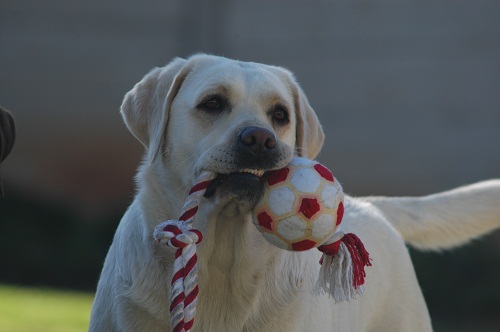
View Vetwebsites Articles
My dog seems sore in its front leg
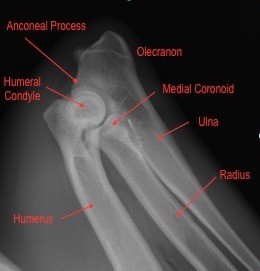
Elbow dysplasia in dogs
What is elbow dysplasia?
Elbow dysplasia is the collective term that describes a number of conditions that affect the growth and development of a dog’s elbow. It is most commonly seen in large and giant breed dogs. Labradors, Golden Retrievers, German Shepherds and Rottweilers are the most common breeds but it can occur in any breed. There are a number of different theories as to why elbow dysplasia occurs but it is often a combination of factors, which leads to the abnormal development of the joint. Defects in cartilage growth, trauma to the joint, genetics, exercise and diet may all play
My cat is damaging my furniture by scratching it
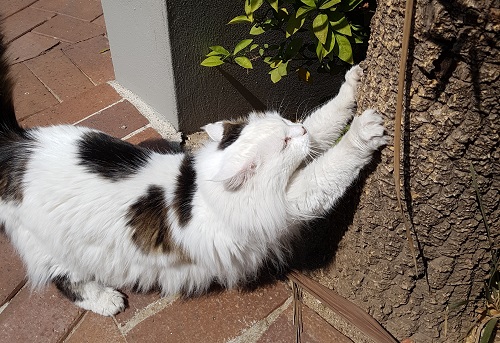
Should I declaw my cat?
Many people think that declawing a cat means that you cut the nails really, really short so that they do not have the capacity to grow again. Nothing could be further from the truth. When a cat is declawed, the greater part of the last digit of its toe is amputated. Cats’ nails are attached to the last digit on their feet and one cannot effectively remove the nail, without also removing the greater part of the digit itself. There are muscles and tendons attaching to the bone of the last digit and some of the bone should be left
My dog did not go out of the yard and is now limping lame on one of his hind legs
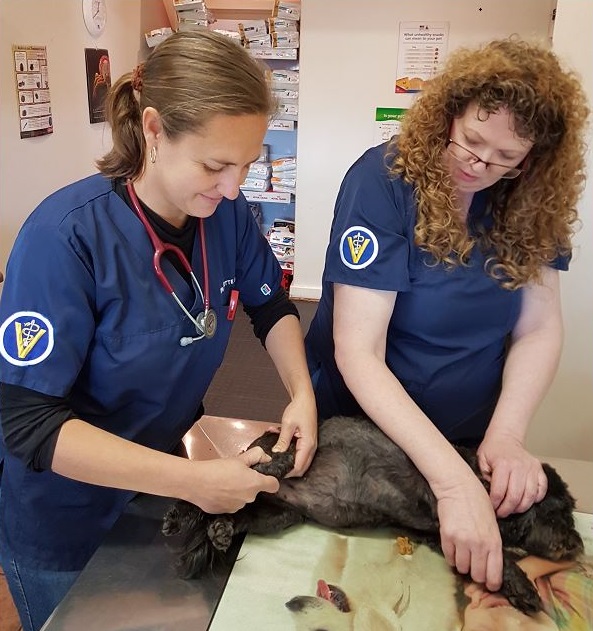
Anterior cruciate ligament rupture in dogs
Often time vets are confronted with this situation in veterinary clinics. As far as the owner knows their dog would not have been subject to any trauma, yet they can hardly take weight on one of their back legs. There are many possible causes but by far one of the most common reasons for this situation occurring is a tear of the major small ligament inside the knee.
Lameness in old dogs
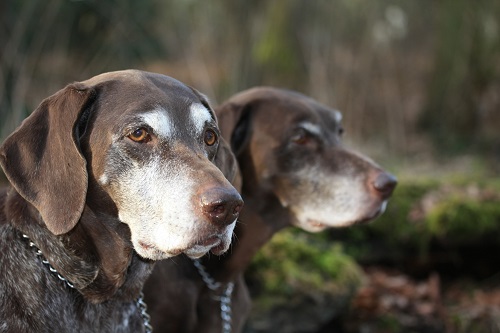
Lameness
As a dog gets older, he or she may start to struggle to get up or get a little slower on walks. You may notice that they are worse in winter than in summer or after resting for a prolonged period. Sometimes they may not to be able to place any weight on a leg at all and this may happen quite suddenly. Lameness in older dogs can be broadly placed in three categories:
Lameness in young dogs

Lameness
Getting home to find your puppy or young dog not placing weight on a leg is always a concern. There are many different reasons why a young dog may limp, some more serious than others. Causes of lameness can be broadly placed into three different categories:
What causes back pain in dogs?
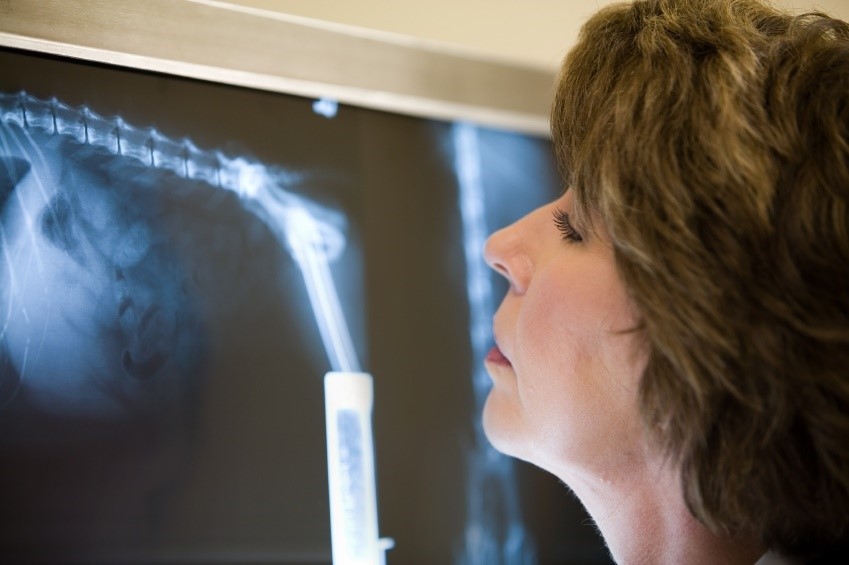
Disc disease in dogs
Introduction
Intervertebral disc disease is a term that describes the condition in which the softer cartilage like material in between the bones of the spine, called an intervertebral disc, pushes onto the spinal cord, causing clinical signs that varies from slight back pain and discomfort to complete paralysis of limbs. Even with the slightest clinical signs, your pet should be examined by the vet to establish how serious the condition is and be treated accordingly. The earlier this is attended to, the better the overall outcome.
Why is my dog limping with his hind leg?

Patellar Luxation
Patellar luxation is a condition where the knee cap does not run in its groove but slips off to the side. Luxation is a learned word for “slipping”. It is a condition which is regularly encountered in dogs and more commonly in toy breeds. The condition can be developmental or traumatic in origin.
Battle of the Bulge
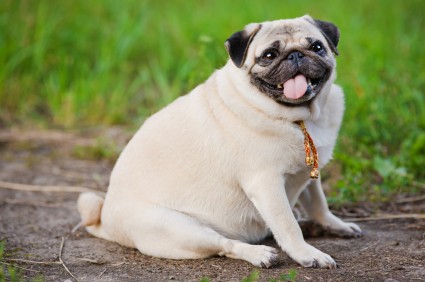
Obesity
Most people, at some point in time, struggle to shed some extra weight. Obesity in humans has reached epidemic proportions and in a study released two years ago, South Africans were classified as the third fattest people on earth. Worse than this, is the fact that obesity in pets is following this trend and fast becoming a disease on its own. Some studies show that more than 50 % of pets are overweight. This alarming figure effectively means we are “killing our pets with kindness.” Obesity is defined as an accumulation of excessive amounts of body fat. Body fat increases
Arthritis Treatment and prevention - Part 2 of 2

Arthritis
In part one of this two-part article, we looked at the signs and diagnoses of arthritis in pets. In this part of the article, we will look at the treatment and prevention of arthritis in pets. With the advancement of technology and medicine, arthritis is no longer a death sentence. Our beloved pets can benefit from a range of surgical and medical treatment. As mentioned in part one, it can never be stopped or cured but arthritis can definitely be managed and symptoms relieved to give your pet a pain-free life.
Arthritis Signs and Diagnoses - Part 1 of 2

Arthritis
So what happens when your beloved canine friend does not want to go for his walk anymore because he is too sore the next morning?
Unfortunately, older pets, and these days even puppies, get afflicted by a condition commonly known as joint disease. This is the same problem we as humans suffer from as well, better known as arthritis. In dogs and cats and more commonly in larger breed dogs, it is concentrated in the hip, knee, shoulder and elbow joints. The spinal column and back vertebrae (backbones) can also be affected.
- 1
